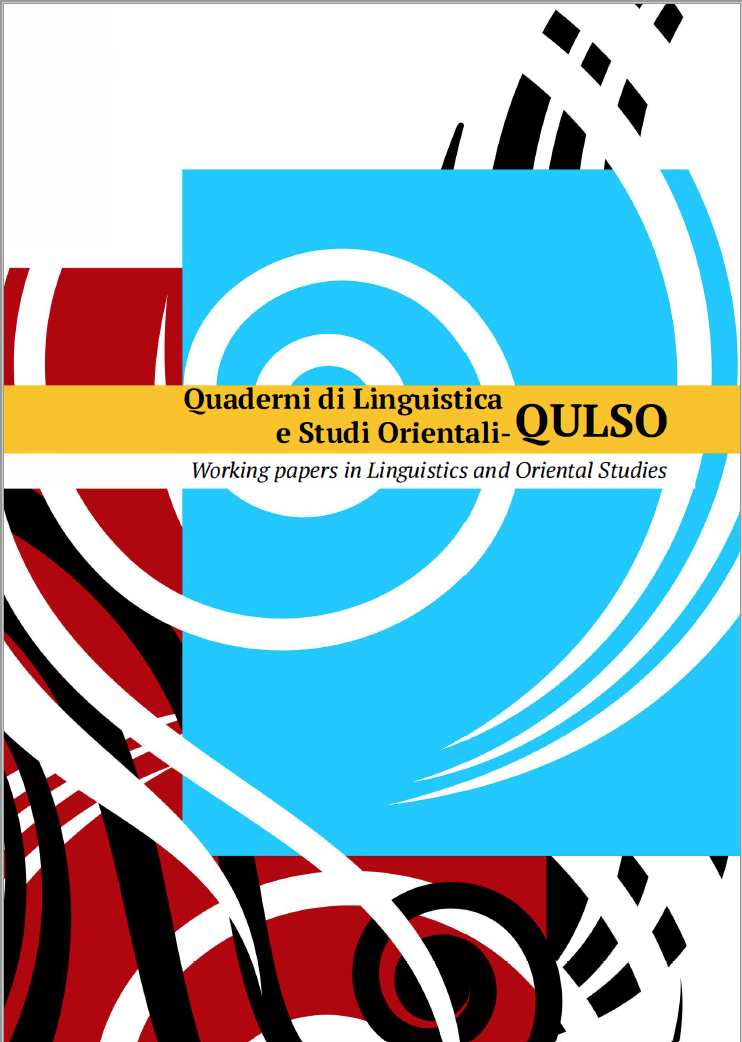Abstract
The present paper focuses on two variant readings (tarfīq vs. tazyīq) of a rare Sufi term employed by Ibn Baṭṭūta (d. 1377) in his famous travelogue (Riḥla) to describe the “head between knees” Sufi practice. Indeed, evidence in support of the reading tazyīq was found by Paul Fenton (1990) in a thirteenth-century Judeo-Arabic text emanating from the Egyptian Jewish Sufi circle of Avraham Maimonides (d. 1237). However, specialists of Ibn Baṭṭūta have not taken full advantage from Fenton’s finding until now. In this framework, the present paper has two main objectives: (1) reconsidering the tarfīq vs. tazyīq dilemma on the historical background of textual studies on the Riḥla and supporting Fenton’s choice in favor of tazyīq; (2) interpreting Ibn Baṭṭūta’s references to this Sufi posture, in the light of Jewish and Islamic mystical literature, and of the socio-religious context of Medieval Egypt, with special focus on the Islamic Sufi group of the Shādhiliyya and their attitudes towards Jews and Judaism.



